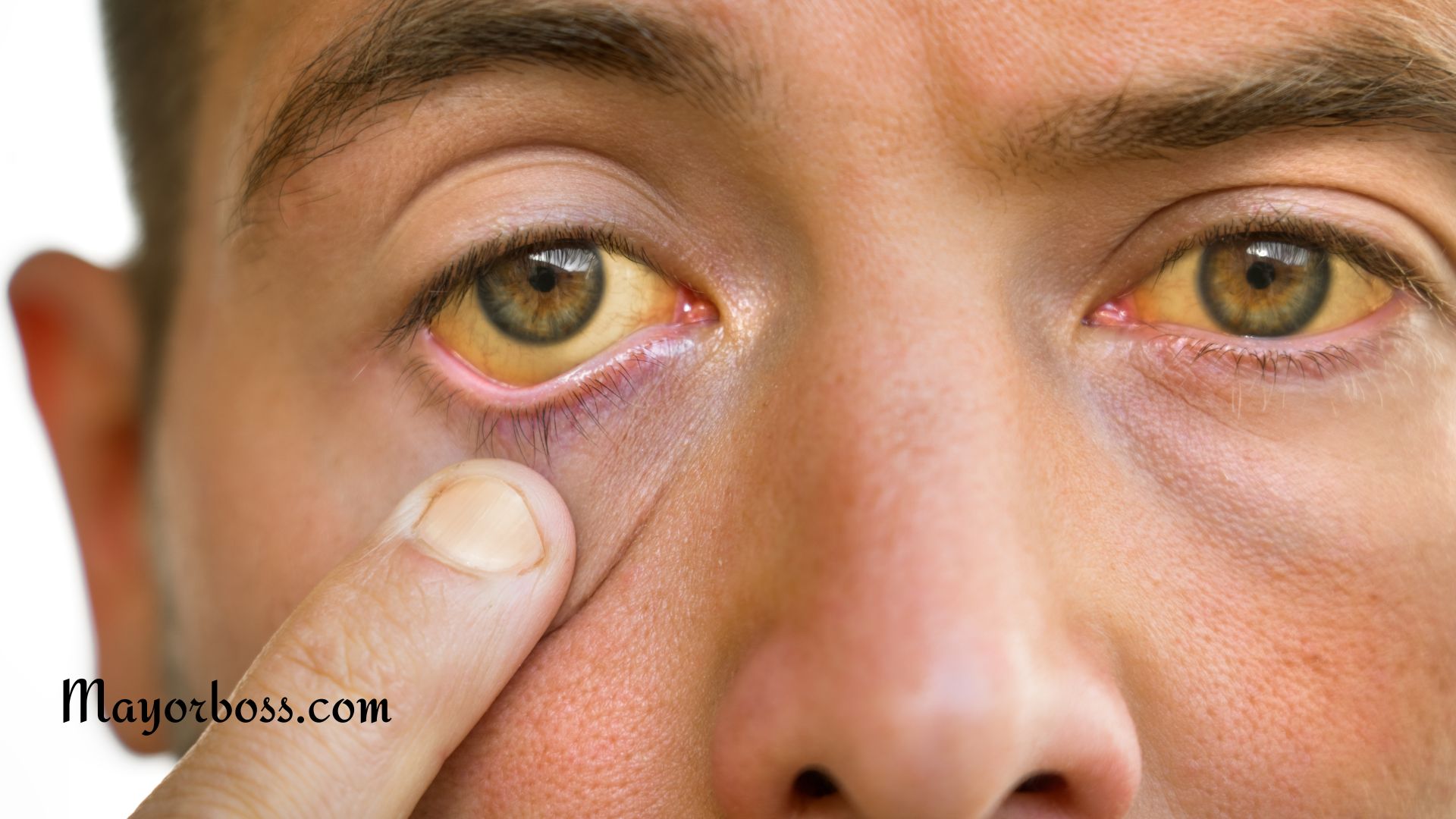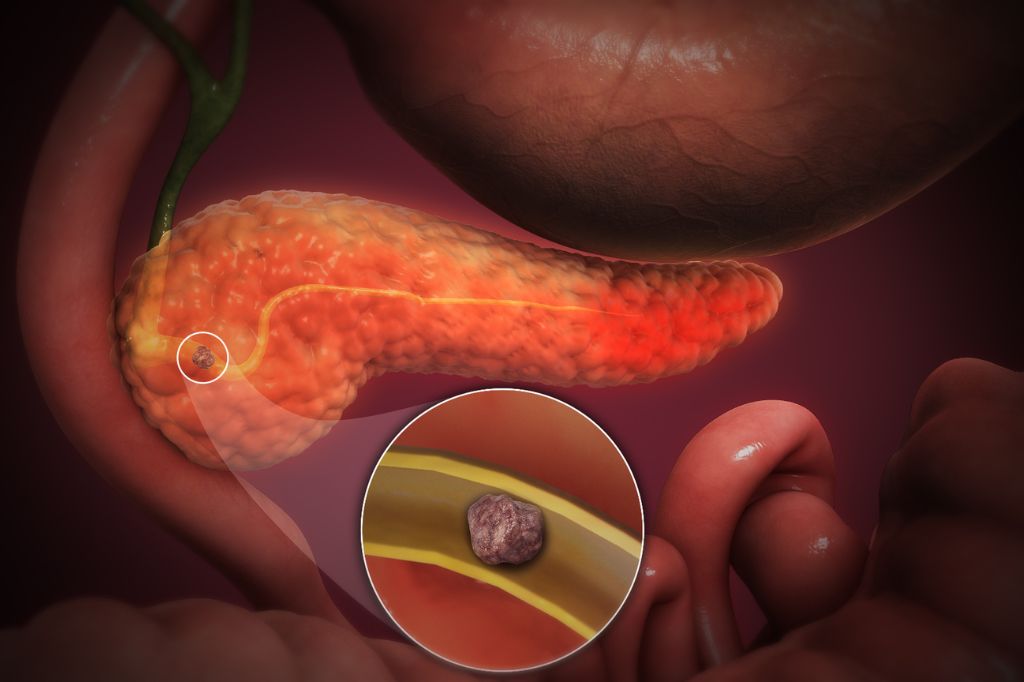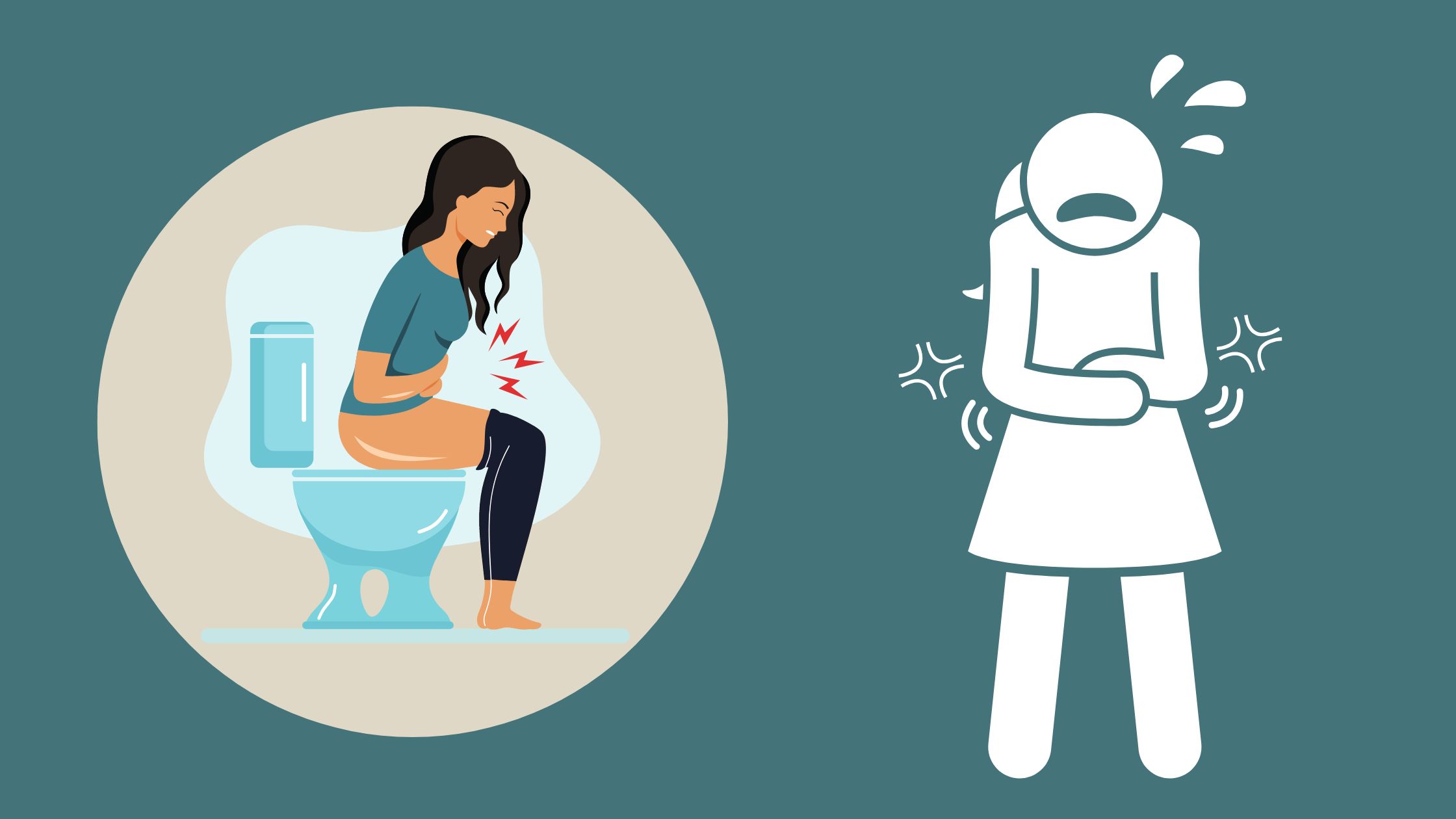7 Symptoms of Celiac Disease
Ever felt bloated and miserable after devouring a delicious slice of pizza or a warm, crusty baguette? While you might think it’s just a bit of indigestion, it could be a sign of something more serious. That’s right. I’m talking about celiac disease, an autoimmune disorder that affects around 1 in 100 people worldwide, according to Celiac Disease Foundation.
But what exactly is celiac disease? Let’s find out before we dive into the seven common symptoms to help you understand this often-misunderstood condition.
What is Celiac Disease?
Celiac disease is an autoimmune disorder in which the body’s immune system mistakenly attacks the small intestine when gluten—a protein in wheat, barley, and rye—is consumed. This immune response leads to damage in the small intestine’s lining, causing an array of symptoms and making it difficult for the body to absorb essential nutrients.
Now that I’ve covered the basics let’s explore the symptoms that may indicate you have celiac disease.
Symptoms of Celiac Disease
1. Digestive issues
First things first, let’s talk about the most common symptom: digestive issues. Celiac disease can cause a wide range of gastrointestinal problems, such as:
- Abdominal pain
- Bloating
- Gas
- Diarrhea
- Constipation
If you’re experiencing these symptoms frequently, especially after eating gluten-containing foods, it’s worth considering celiac disease as a possible cause.
2. Unexplained Weight Loss
Moving on to our second symptom, unexplained weight loss can also be a sign of celiac disease. When the small intestine is damaged by gluten, it struggles to absorb nutrients properly. As a result, you may start shedding pounds without even trying.
3. Fatigue and Brain Fog
Feeling sluggish and foggy-brained? Celiac disease could be to blame. When your body isn’t absorbing nutrients effectively, it can lead to an energy deficit. This, in turn, can make you feel tired and unable to focus.
4. Skin Rashes
Surprisingly, celiac disease can manifest as skin issues too. Dermatitis herpetiformis is a specific type of itchy, blistery rash linked to celiac disease. It typically appears on the elbows, knees, and buttocks but can show up elsewhere as well.
5. Nutrient Deficiencies
As I mentioned earlier, celiac disease can interfere with nutrient absorption. This can lead to deficiencies in important vitamins and minerals, such as:
- Iron
- Vitamin D
- Vitamin B12
- Calcium
- Zinc
If you’re experiencing symptoms of nutrient deficiencies (e.g., anemia, severe hair loss, bone pain, muscle weakness, pale or yellowish skin), it could be a sign of undiagnosed celiac disease. See your healthcare provider.
6. Joint and Muscle Pain
Next up, joint and muscle pain. Inflammation is a common feature of autoimmune disorders, including celiac disease. This inflammation can cause discomfort and pain in various parts of the body, particularly the joints and muscles.
7. Dental Issues
Lastly, let’s talk teeth. Celiac disease can lead to dental problems such as:
- Tooth discoloration
- Weak tooth enamel
- Canker sores
If you’re dealing with these issues and can’t seem to pinpoint the cause, it might be worth talking to your physician concerning celiac disease as a potential culprit.
Final Thoughts
Celiac disease is a complex autoimmune disorder with a wide range of symptoms. If you’re experiencing any of the issues we’ve discussed, it’s crucial to consult with a doctor about getting tested. Remember, early diagnosis and a gluten-free diet are the keys to managing this condition and leading a healthy, happy life. So, don’t ignore those pesky symptoms.
Further Reading: 16 Common Signs of Gluten Intolerance






